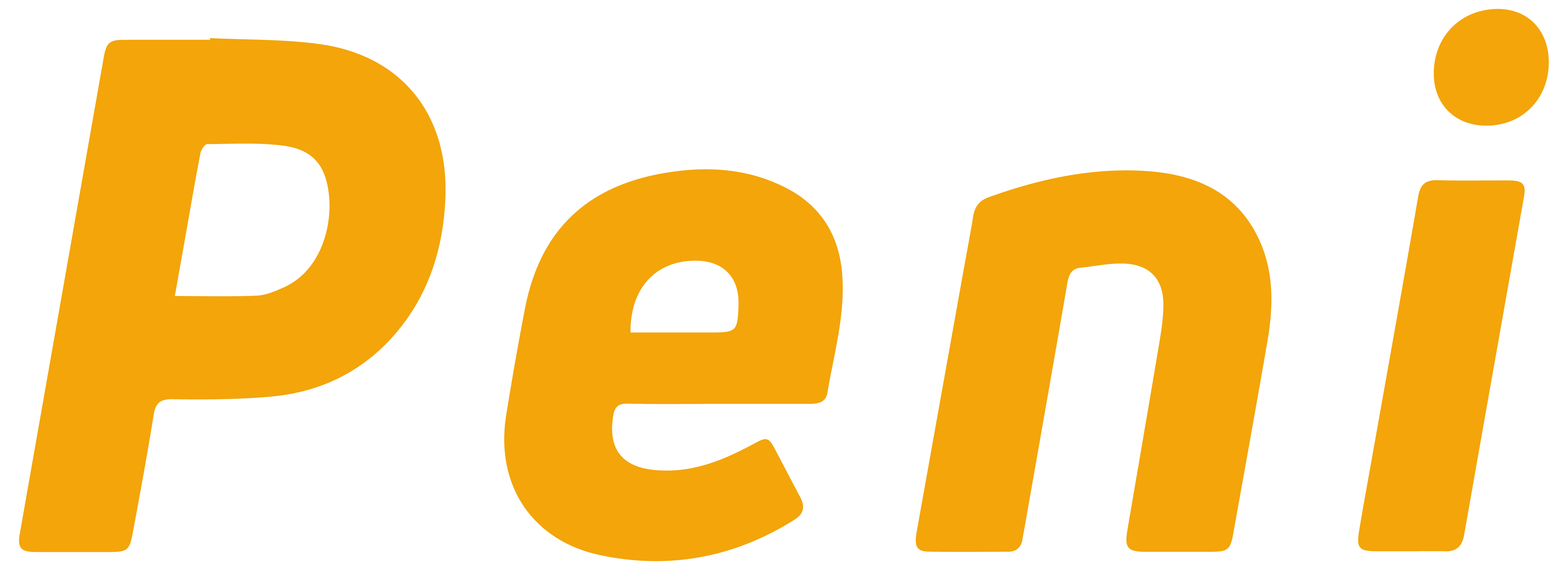The answer to whether you need debt to start and run a small business is false, but many business owners struggle to believe that there are other ways to run things.
It’s a fact that your business needs money to prosper, but debt can put your company at risk when faced with economic challenges, such as inflation, pandemic, etc. There are actually ways for you to learn how to operate your business without the burden of loans.
In this blog post, we’ll discuss successfBusinBul strategies for building a sound financial foundation so you can use your profits to expand and strengthen your business.
What Exactly Is a Debt-Free Business?
A debt-free business is essentially one that runs and operates without relying on creditors. No banks, no credit unions and no money loaned from any private company. It’s as simple as that.
That means owners must finance growth through profits and working capital from cash on hand.
Self-financing can be tough, but it does have benefits: businesses get to keep all their assets, choose when and how much to invest for growth and continue to develop without worrying about repaying creditors.
5 Financial Advice for Small Businesses
As a small business owner, you can successfully navigate the complex financial waters of your own venture with these five pieces of advice:
1. Create a budget before each month begins
Creating a budget before the beginning of each month gives you a powerful tool to place your finances into perspective and take control of your spending.
By looking at and understanding your past financial activity, you can estimate the costs and determine how much money needs to be allocated for different expenses. A budget can help you prevent or minimize unnecessary spending so that as you plan for the future, all your goals are met without exceeding your limits.
In addition, with an efficient budget in place, it is easier to stay organized and track progress in both short-term and long-term objectives.
2. Spend less than you earn
Running a business debt-free requires strategic financial planning and discipline. One of the most important steps is to be mindful of your spending. Tracking your finances closely and creating a budget might help ensure you’re spending less than you earn each month.
When it comes to making purchases, double-check if it’s a necessity or something you simply want right now. Making unnecessary purchases can cripple businesses in debt with no extra money coming in, so remember only to buy what’s needed for profits – not pleasure or luxury!
3. Don’t take out a loan
Taking out loans to grow your business can seem like a great idea at first, but it drastically increases financial risk and poses a greater threat of enticing further borrowing and increasing debt long-term.
Instead, try to take a more cautious approach by living in moderation (within your means) and working with the resources that you have. Cultivate healthy budgeting habits and actively manage your finances to ensure you don’t bite off more than you can chew.
4. Create a plan to get rid of any debt
To get out of debt, create a plan. Identify ways to use some of your profits to pay off the smallest debts first and work your way up to the larger ones. This will motivate you because as progress is made, it becomes easier.
5. Save more money when you can
By putting aside a portion of your profits, you create a strong and reliable cushion for your business. This money, known as retained earnings, serves as a safety net for unexpected events and prepares you for planned endeavours.
Having access to additional funds through retained earnings also gives you the power to take advantage of deals that might otherwise have passed you by, allowing you to invest in your business and reap higher rewards.
Myths About Business Loans
Many business owners think it is impossible not to have any debt, but trust me, it is possible. Let’s dispel some common myths and misconceptions to help you achieve business success without debt.
Myth 1: You must borrow money to start or expand your business
The truth is you can run a business without any debt. Self-financing is a viable option that allows you to make sound financial decisions and use your own resources.
Start small and focus on improving cash flow to generate enough capital to reinvest into the business. It might take longer, but it can be done without relying on debt.
Myth 2: You must have a line of credit to cover cash-flow fluctuations
Cash-flow fluctuations are just part of running a business and there are other strategies you can use to get through without taking out a loan.
Focus on increasing sales and decreasing expenses, look into invoice financing or receivables, and build up an emergency fund with your retained earnings. These methods will help minimize the impact of cash-flow fluctuations without relying on debt.
Myth 3: You can’t make large equipment or product purchases without a loan
Contrary to popular belief, you don’t always need a loan to make big purchases for your business.
- Paying cash upfront can effectively save money by avoiding more expensive financing options in the long run.
- You can also rent pricey equipment or outsource services instead of spending the extra money and time on buying them. For example, if you’re not well-versed in printing technology, why not leave it to professional printing companies?
- Purchasing used items is another great option — “scrappy” and secondhand equipment might just do the job without all the bells and whistles that come with a more expensive purchase.
So don’t prematurely assume you need a loan when making major buys for your business – there are plenty of alternatives available!
Myth 4: You must have a loan or credit line to stay competitive
It is true that more access to capital gives businesses an advantage in certain circumstances. However, there are other creative ways of staying competitive without taking on debt.
For example, you can focus on providing superior customer service, develop a reputation for high-quality goods or services, create innovative products, and invest in your employees.
These approaches will help you stay ahead of the competition without taking on debt.
What Comes Next?
There’s no denying that there is a lot out there. Unforeseeable events such as changes in the economy and new competitors entering the marketplace and wreaking havoc on any business.
Despite this, it’s wise to remember that taking on debt to increase your chances of success isn’t the answer. Instead, staying debt-free is much better if you want to survive unexpected storms by following smart money principles and cultivating a mindset of active hustle.



